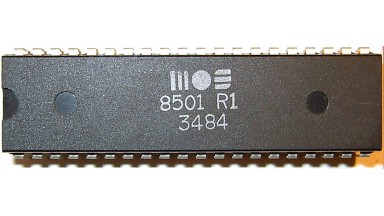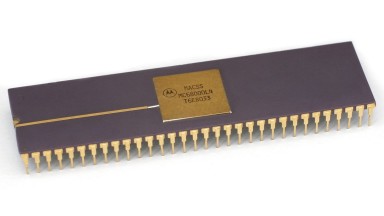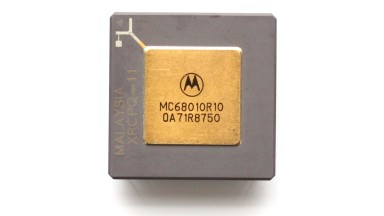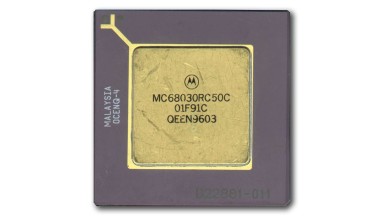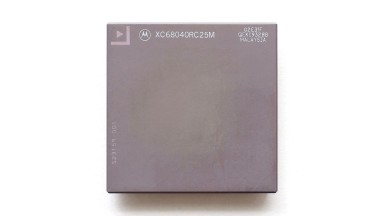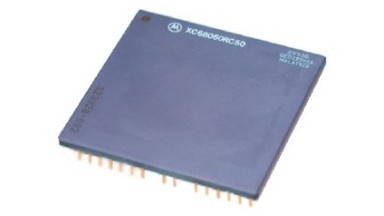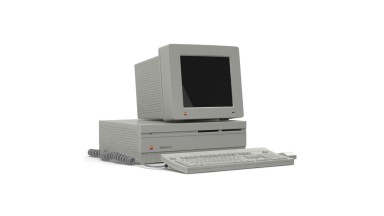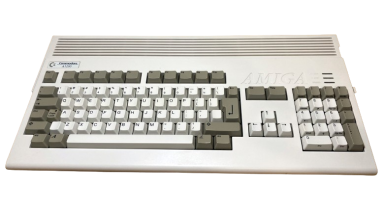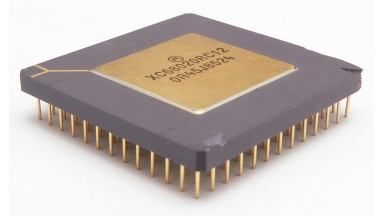
Motorola 68020 contemporary microprocessors
Launched: 1984
Bits: 8
It was a variant of the MOS 6510 introduced in 1984.
It expanded the number of I/O port pins from 6 to 8, but omitted the pins for the non-maskable interrupt and the clock output.
It was used in Commodore's C16, C116, and Plus/4 home computers.
A variant called the MOS 8501 later appeared, with improved manufacturing technology that allowed for higher clock speeds.
Other microprocessors in the family of Motorola 68020
Launched: 1979
Bits: 16
Clock: 2 MHz
Transistors: 68 000
Technology: 3 nanometers
It takes its name from the number of transistors it contains.
It was the first in a family of microprocessors that included the Motorola 68008, Motorola 68010, Motorola 68020, Motorola 68030, Motorola 68040, and Motorola 68060 microchips. It was also known as the 68k.
It powered the popular Commodore Amiga and Atari ST computers, and the first Macintosh computers.
It also powered the Sharp X68000 (sold only in Japan) and the first Capcom arcade video game motherboards.
Launched: 1982
Bits: 16
Clock: 8 MHz
Transistors: 69 000
The Motorola 68010 corrected several bugs of the 68000 and added some features, which allowed it to use paged virtual memory.
Launched: 1987
Bits: 32
Clock: 16 MHz
Transistors: 273 000
The 68030 is similar to the 68020 but includes an on-chip cache.
Launched: 1990
Bits: 32
Clock: 25 MHz
Transistors: 1 200 000
The 68040 is the first member of the 68000 family with an on-chip FPU.
Launched: 1994
Bits: 32
Clock: 50 MHz
Transistors: 2 500 000
Voltage: 3.3 V
The Motorola 68060 was the last of the 68k family. It was two to three times more powerful than its predecessor, the 68040, and featured an integrated floating-point unit (FPU) and memory management unit (MMU).
Personal computers equipping the microprocessor Motorola 68020
Manufacturer: Apple
Launches: 1987
Manufactured in US
CPU:
Motorola 68020
@ 16MHz
Memory: 1 MB ~ 8 MB
Support:
Hard drive:
Operating system: Mac OS
It was the first of what would become the second generation of Macs, in which the display was an external component of the computer and no longer integrated into it.
It was the first Mac to have a color display.
It had a highly modular system, with the video card in a NuBus-type slot, allowing it to be replaced with a third-party card to achieve millions of colors on screen.
It was equipped with a Motorola 68020 microprocessor running at 16 MHz and a 32-bit bus (compared to the 8 MHz and 16-bit bus of the 68000).
Manufacturer: Commodore
Launches: 1992
Manufactured in US
CPU:
Motorola 68EC020
@ 14.32MHz
Memory: 2 MB
Support: Diskette 3½" DD
Hard drive:
None
Operating system: AmigaOS 3.0
This computer was supposed to be the replacement for the successful Amiga 500, but by the time it was released, the PC compatibles already offered similar graphics and sound features at a similar price.
